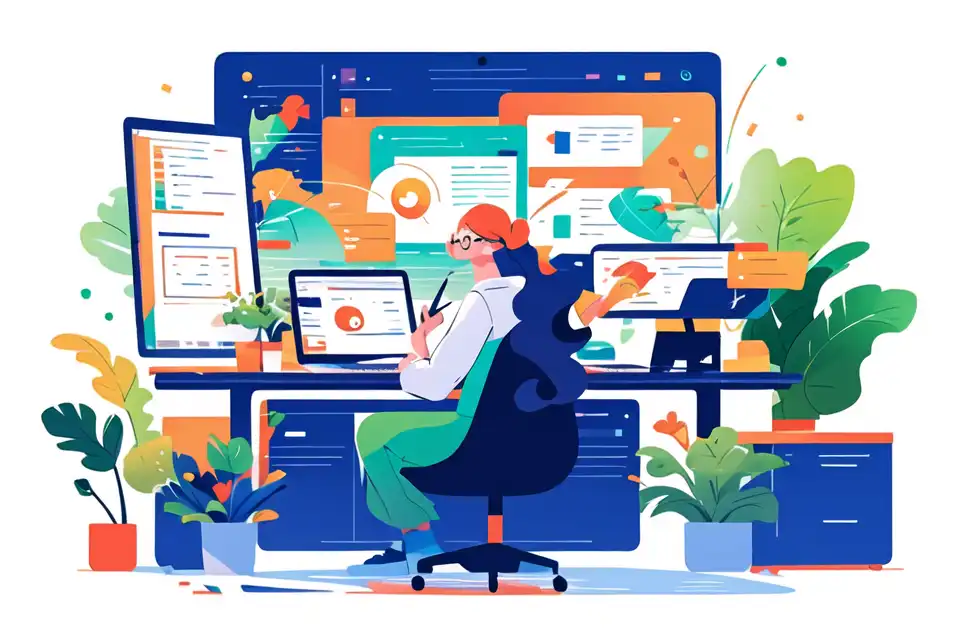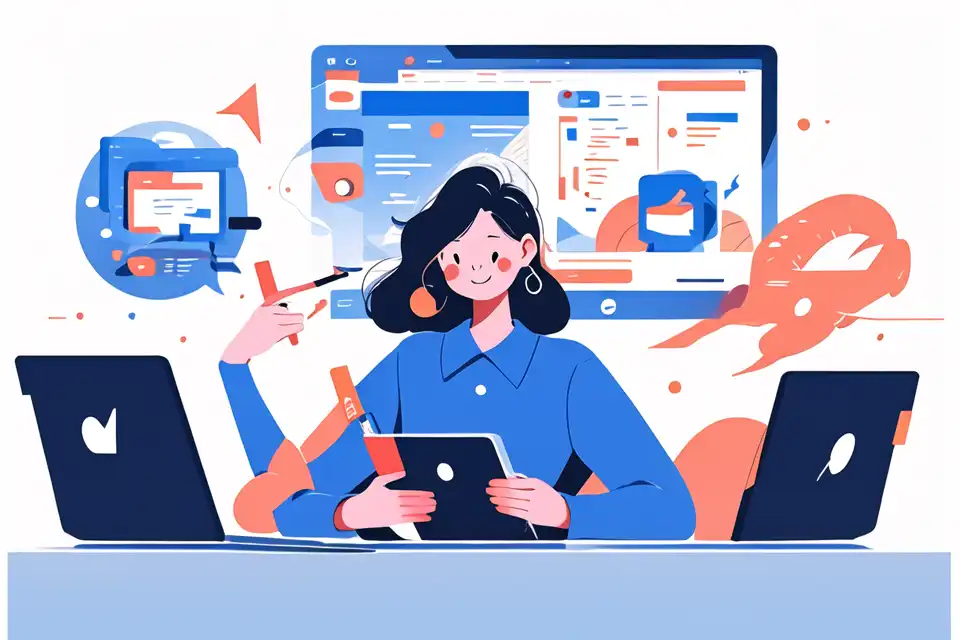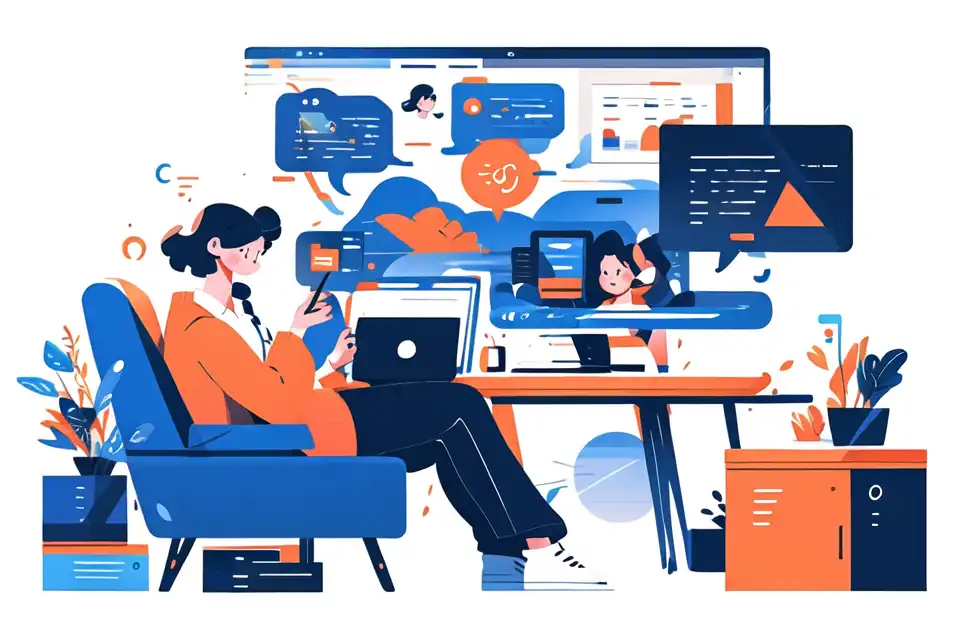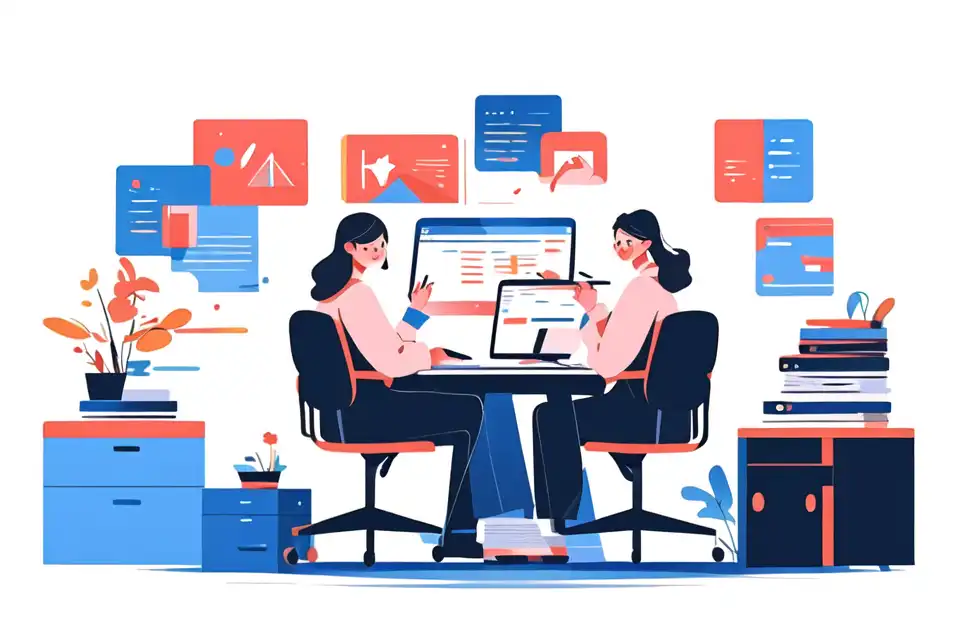
In today's era of digital disruption, IT design thinking has emerged as a game-changing approach that enables organizations to harness the full potential of their technological investments. This approach is not about merely integrating technology into business processes; it's about reshaping those processes to create innovative solutions, superior customer experiences, and transformational business results. Through this article, we will delve into the concept of IT design thinking, its significance, practical implementation, and the future trends shaping this paradigm.
"Unlock the power of Lark to elevate your business operations."
Defining it design thinking
IT Design Thinking: A Conceptual Understanding
IT design thinking is a human-centered approach to technology-based problem-solving. It involves empathy, experimentation, and iteration to understand user needs, develop innovative solutions, and continually improve them. Unlike traditional IT approaches that tend to be linear and solution-centric, IT design thinking is iterative and user-centric, focusing on understanding and addressing user needs.
Why IT Design Thinking Matters
In an increasingly competitive digital world, IT design thinking matters because it encourages creativity, fosters innovation, and facilitates problem-solving. By putting the user at the center, it ensures that the solutions developed are not just technically sound but also genuinely meet user needs, leading to increased user satisfaction and loyalty.
The role of it design thinking in it operations and strategy
Transforming IT Operations
IT design thinking can significantly transform how IT operations are conducted. Traditionally, IT operations have been viewed as a backend function, but with IT design thinking, they can become a strategic partner that plays a critical role in driving business growth and innovation.
Strategic Advantages of IT Design Thinking
IT design thinking offers numerous strategic advantages. It enables organizations to differentiate themselves in the market, improve customer experience, and drive business growth. By helping businesses to develop innovative solutions that meet user needs, it can pave the way for new revenue streams and a competitive edge.
Learn more about Lark can help you with everything mentioned in the article.
Technological considerations for it design thinking
Essential Tools and Platforms
There are various tools, platforms, and technologies that facilitate IT design thinking. These include user research tools, ideation tools, prototyping tools, and testing tools. The choice of tools depends on the specific needs of the project and the organization.
Integration with Existing Systems
IT design thinking principles can be seamlessly integrated with existing IT systems. This involves aligning the IT design thinking approach with the existing IT strategy, processes, and infrastructure.
Learn more about Lark can help you with everything mentioned in the article.
Case studies: successful application of it design thinking
Case Study 1
This section will present a detailed case study of a specific organization that has successfully implemented IT design thinking, discussing the strategies used, challenges faced, and the outcomes achieved.
Case Study 2
Another in-depth case study will be presented here, highlighting a different industry context and demonstrating the versatility of IT design thinking.
Challenges and solutions in it design thinking
Common Obstacles in IT Design Thinking
Despite its numerous advantages, IT design thinking can pose certain challenges. These include resistance to change, lack of understanding of the approach, and difficulties in aligning IT design thinking with existing IT systems and processes.
Overcoming Challenges: Strategies and Solutions
This section will discuss potential strategies and solutions to overcome the challenges associated with IT design thinking. These include creating awareness, providing training, fostering a supportive culture, and ensuring alignment with the overall business strategy.
Learn more about Lark can help you with everything mentioned in the article.
Future trends in it design thinking
Emerging Technologies and IT Design Thinking
Emerging technologies like AI, IoT, and blockchain are having a profound influence on IT design thinking. They are enabling new ways of understanding user needs, developing solutions, and iterating and improving them.
Preparing for the Future
Organizations can prepare for future developments in IT design thinking by staying updated on the latest trends, investing in training and development, and maintaining a culture of innovation and adaptability.
Conclusion
In conclusion, IT design thinking is a powerful approach that can transform the way organizations leverage technology to drive business growth and innovation. By putting the user at the center, it ensures that solutions genuinely meet user needs, leading to increased user satisfaction and loyalty.
Learn more about Lark can help you with everything mentioned in the article.
"Unlock the power of Lark to elevate your business operations."








